What are the taboos when installing valves
The valve is an important component in the fluid pipeline, and it is also a relatively fragile pipeline control device. Installing a valve is a technical task. It seems easy. In fact, there are many details to pay attention to. If there are some contraindications when installing the valve, it is serious. It will cause immeasurable consequences. This article will explain this problem to help you install valves safely and produce safely.
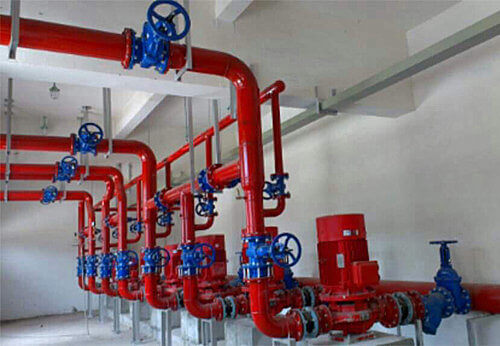
manual valve installation site-method
Taboos during valve installation
1. During winter construction, the valve shall be hydrostatically tested in a sub-zero temperature environment.
Possible consequences: due to the rapid freezing in the tube during the hydraulic test, the tube freezes.
The correct method: try to do a hydraulic test on the valve before the winter as soon as possible. After the pressure test, the water inside and outside the valve must be cleaned to prevent the valve from freezing and cracking in winter. If it is necessary to do a water pressure test in winter, it needs to be carried out indoors at a temperature above zero. Similarly, the water must be removed after the pressure test.
2. The sewage, rainwater, and condensate pipes for concealed installation are not subject to closed-water tests.
Possible consequences: Once there is a problem with the pipeline, it can not be found in time, and there will be water leakage, which will cause losses to the user.
The correct method: For concealed sewage, rainwater, condensate pipes, etc., closed water tests must be performed in strict accordance with the specifications to ensure that there is no leakage.
3. The flange of the butterfly valve can be replaced by the flange of the ordinary valve at will.
Possible consequences: Because the size of the flange of the butterfly valve is different from that of the ordinary valve, the disc of the butterfly valve is relatively large. If the inner diameter of the flange is too small, it will affect the opening and closing of the butterfly valve and cannot open normally , And eventually damage the valve. Measures: Correct method: Process and install the flange according to the actual size of the butterfly valve flange.
4. The valve installation method is wrong, for example, the installation direction is wrong, and the installation is not carried out in the direction indicated by the valve instruction.
Possible consequences: valve operation failure, difficult opening and closing, troublesome maintenance, leakage of valve body seal.
Correct method: When installing the valve, install it in strict accordance with the valve installation manual. After the installation is completed, check it against the manual.
5. The installed valves, specifications and models do not meet the design requirements.
Possible consequences: affect the normal use of the valve, or even damage the valve and cause losses.
The correct method: Before installing the valve, you must fully understand the working conditions and environment of the construction, and at the same time, you must be familiar with the application range of various valves, and select the valve model and specifications in strict accordance with the requirements of the working conditions.
6. Before installing the valve, the quality inspection of the valve was not carried out in accordance with the regulations.
Possible consequences: Failure to conduct quality inspection on valves, resulting in unqualified valves being installed on pipelines, increasing the possibility of pipeline leakage, and also increasing potential safety hazards in production.
Correct method: Before the valve is installed, the valve must be strictly inspected. The test should be 10% of the total number of valve products in each batch to ensure that the valve meets various national standards.
TH Valve is a professional manufacturer of butterfly valve, gate valve, check valve, globe valve, knife gate valve, ball valve with API, JIS, DIN standard, used in Oil, Gas, Marine industry, Water supply and drainage, fire fighting, shipbuilding, water treatment and other systems, with Nominal Diameter of DN50 to DN1200, NBR/EPDM/VITON, Certificates & Approvals: DNV-GL, Lloyds, DNV, BV, API, ABS, CCS. Standards: EN 593, API609, API6D
Related news/knowledge:
Common failures of butterfly valves and the characteristics of installation
Hard seal installation method of ball valve
Use performance and working principle of vertical check valve

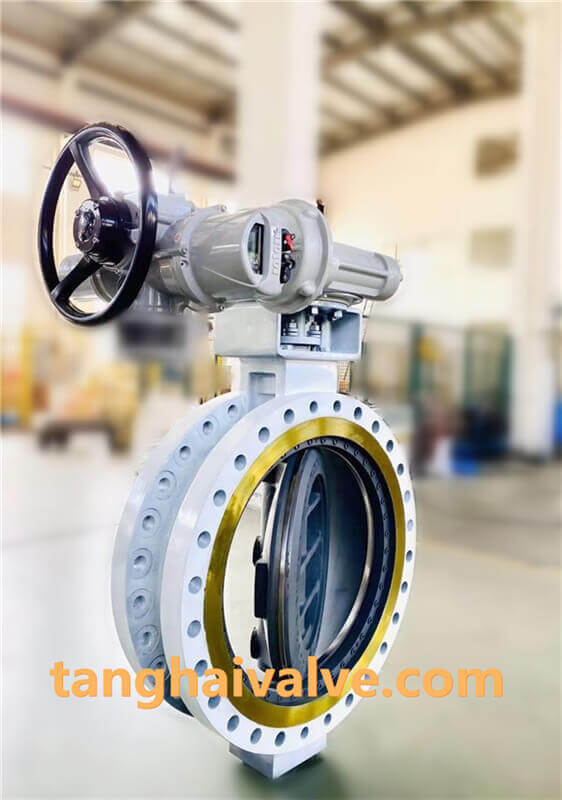

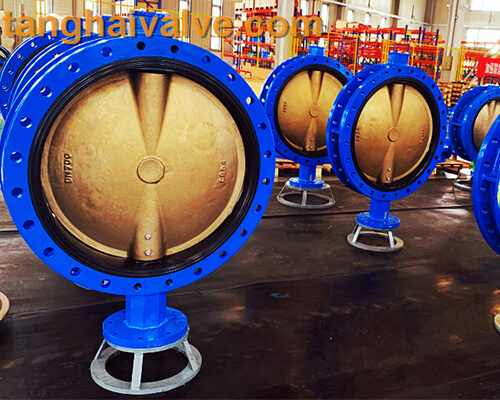
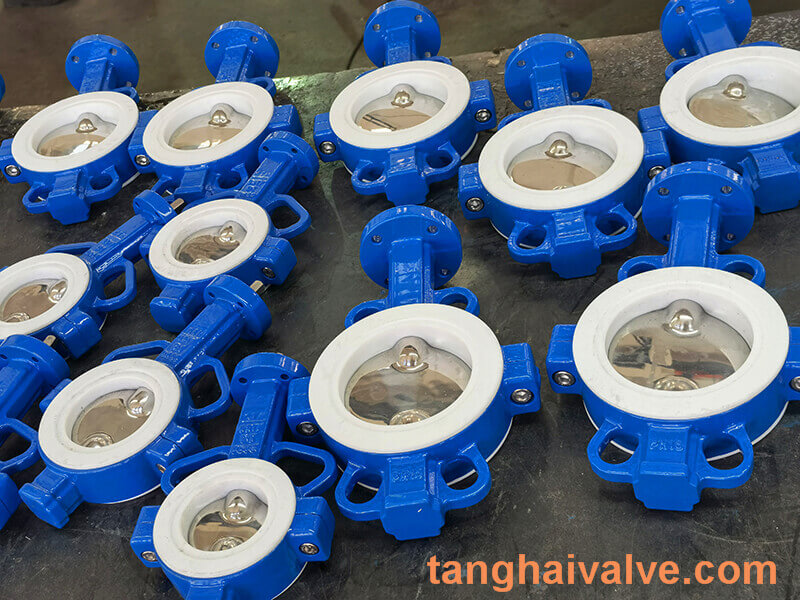


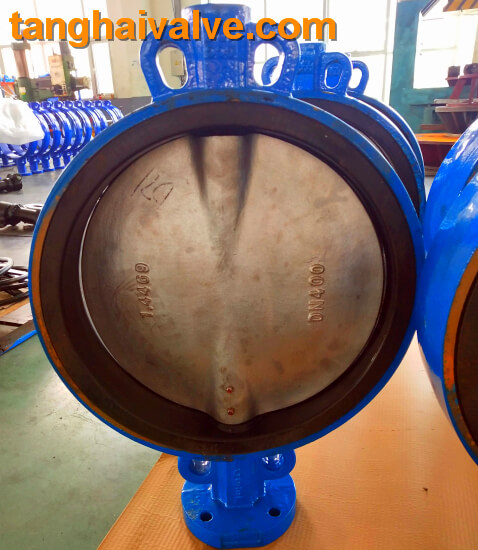
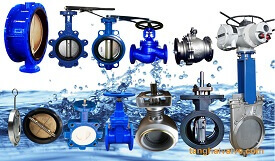
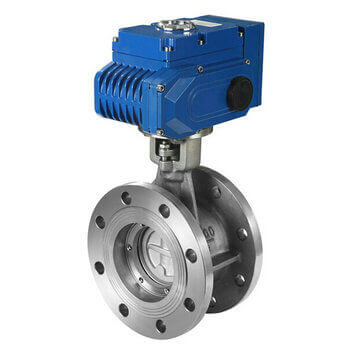


 © Copyright 2020 Tianjin Tanghaidongyang Valve Co., Ltd. All Rights Reserved.
© Copyright 2020 Tianjin Tanghaidongyang Valve Co., Ltd. All Rights Reserved.